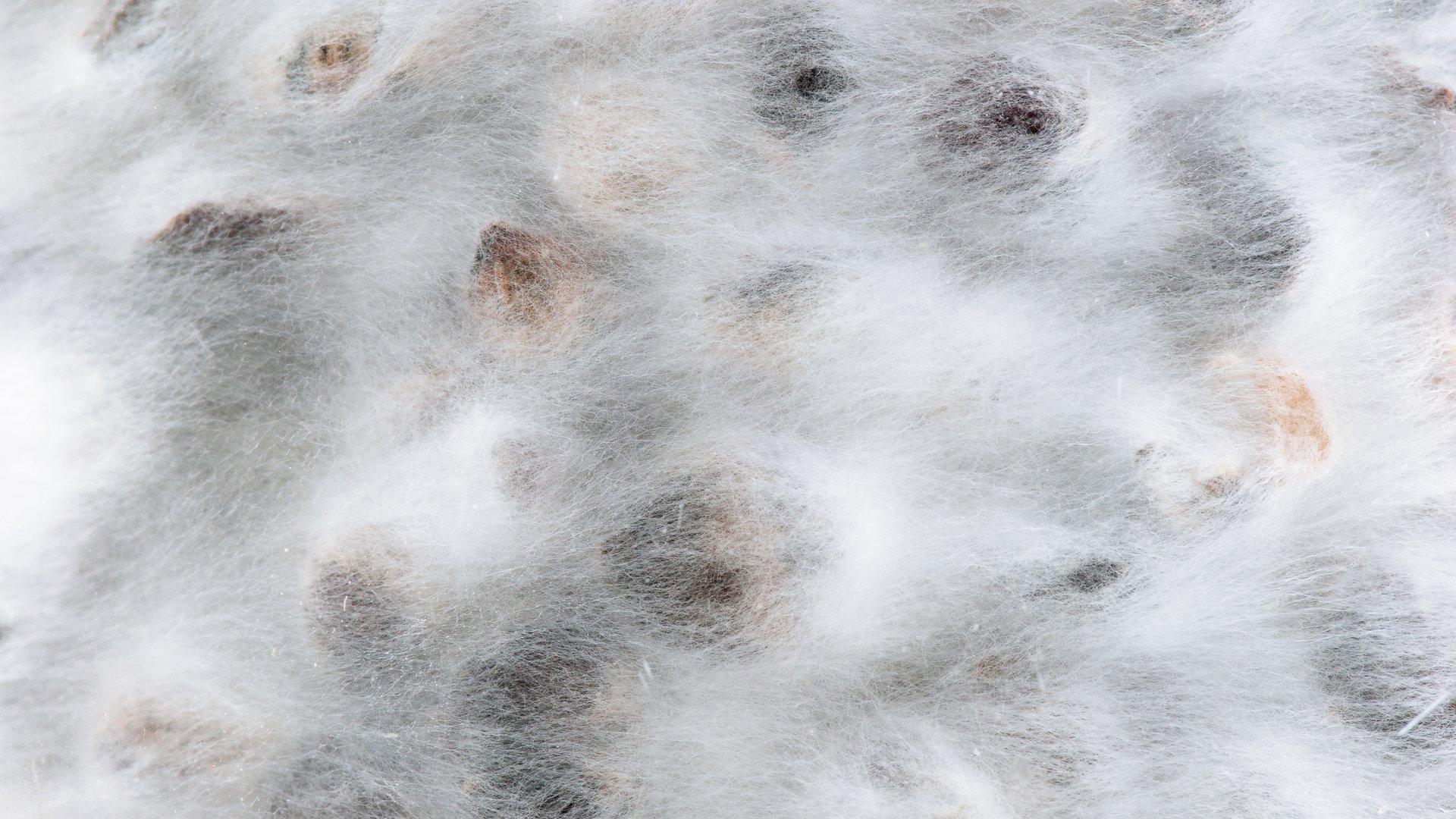Fungi often develop long threads which carry on subdividing. This can lead to an extensive underground network. That can be extremely useful to all kinds of plants and animals.
Fungi often develop long threads which carry on subdividing. This can lead to an extensive underground network. That can be extremely useful to all kinds of plants and animals.
One spore is enough
A mycelium is a network of fungal threads or hyphae. Mycelia often grow underground but can also thrive in other places such as rotting tree trunks. A single spore can develop into a mycelium. The fruiting bodies of fungi, such as mushrooms, can sprout from a mycelium.
Heroes of the earth
Mycelia are of vital importance to the soil. They break down organic material, making its raw materials available again for use in the ecosystem. On top of this, 92% of plant families interact with fungi. This kind of symbiosis is termed mycorrhiza. Hyphae are also an important source of food for insects and other invertebrates.
The world’s largest
Its mycelium can allow a fungus to occupy an enormously large area. A fungus, with mycelium, that lives in the Blue Mountains in Oregon in the USA occupies ten square kilometres. This makes it the largest organism in the world.
Healthy soil life
Mycelia have other important functions and uses. Agricultural production is for example largely dependent on the condition of the soil. If there is no interaction with fungi, plants grow far less well. Fungi are also used to break down toxic substances, such as pesticides and petroleum products, to filter water (mycofiltration) and even as the raw material for packaging.

